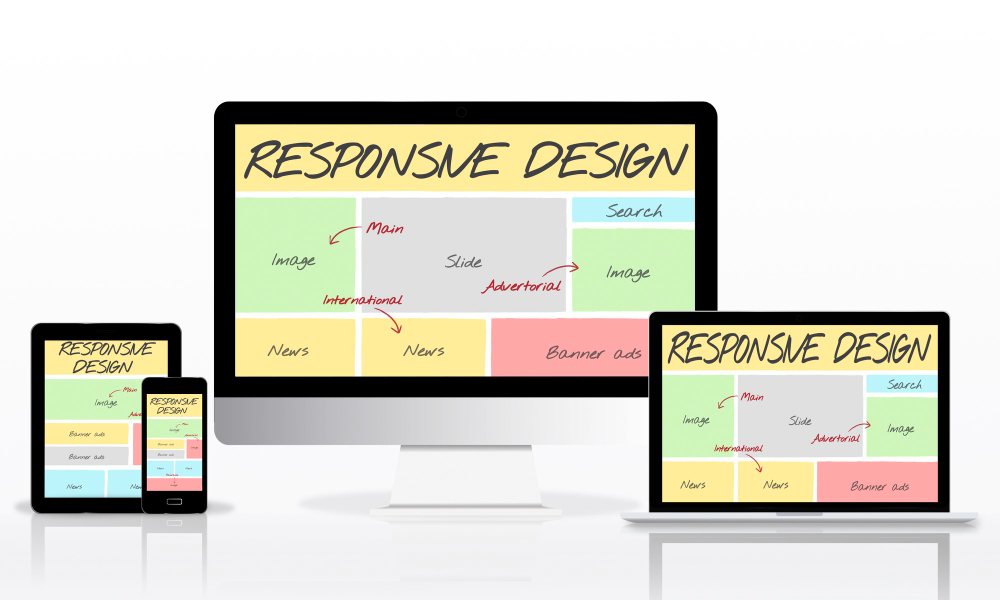


In the digital realm, the way a website is designed significantly impacts user experience and engagement. Web design isn’t a one-size-fits-all concept; rather, it comprises distinct approaches that cater to diverse purposes, aesthetics, and functionalities. Three fundamental types of web design stand out, each with its unique characteristics and applications.
1. Static Web Design: The Foundation of Digital PresenceStatic web design represents the traditional form of web creation. It involves fixed web pages with content presented exactly as it’s stored. These web pages are coded in HTML and display the same information to every visitor. They offer simplicity and ease of creation, often serving as the initial phase in a website’s development. However, they lack dynamism and customization.
Static websites excel in scenarios where content rarely changes, such as informational sites, landing pages, or portfolios. Their lightweight nature makes them faster to load, offering a seamless user experience. These sites are cost-effective and easy to host, requiring minimal server resources. Yet, the absence of interactivity or personalized content limits their potential for complex business needs or evolving enterprises.
2. Dynamic Web Design: Embracing Interactivity and FunctionalityDynamic web design marks a shift from static structures, leveraging technologies like JavaScript, PHP, and databases. This type of design enables customization and interaction, fostering a more engaging user experience. Websites under this category adapt to user input, allowing content to be updated in real-time. They often incorporate features like user logins, content management systems, and e-commerce capabilities.
Content management systems (CMS) like WordPress, Joomla, or Drupal exemplify dynamic web design. They empower users to manage content without extensive technical expertise. E-commerce platforms harness the dynamism of this design, allowing businesses to create personalized experiences for customers, manage inventory, and process transactions seamlessly. However, the complexity and higher maintenance demands of dynamic websites require skilled developers and ongoing updates to ensure optimal performance and security. Recognizing the things a WordPress designer should know such as proficiency in theme development, plugin customization, and security best practices, is crucial for delivering high-quality and secure WordPress-based websites.
3. Responsive Web Design: Adapting to the Multifaceted Digital LandscapeIn the age of diverse devices and screen sizes, responsive web design has emerged as a pivotal approach. It focuses on creating sites that adjust and respond to the user’s environment, be it a desktop, tablet, or smartphone. With a single codebase, responsive design ensures optimal viewing and interaction experiences across various devices, eliminating the need for separate mobile versions.
This design type prioritizes fluidity and flexibility, employing techniques like flexible grids and layouts, as well as media queries to adapt content based on screen size. The goal is to provide a seamless and consistent user experience regardless of the device used. Responsive web design enhances accessibility, improves SEO, and simplifies maintenance by consolidating content management. However, it requires meticulous planning and execution to ensure the design and content translate effectively across different platforms.
The Intersection and Evolution of Web DesignWhile these three types delineate distinct approaches, the landscape of web design is far from rigid. Hybrid approaches often merge these types, leveraging the strengths of each to create comprehensive digital experiences. For instance, a website might incorporate dynamic elements within a primarily responsive framework to maintain interactivity while ensuring adaptability.
Moreover, the evolution of technologies continues to shape and redefine these design paradigms. Concepts like progressive web apps (PWAs) blur the lines between web and native mobile applications, introducing new possibilities in user experience and functionality.
In conclusion, understanding the nuances of static, dynamic, and responsive web design is pivotal for crafting digital experiences that resonate with modern users. Each type brings its own set of advantages and limitations, and the choice of design type should align with the specific objectives and needs of a project. The future of web design will likely witness further amalgamation of these approaches, driven by innovation and the ever-evolving digital landscape. Recognizing the benefits of responsive web design and its importance in providing seamless user experiences across various devices is essential for staying ahead in the dynamic field of web development.
